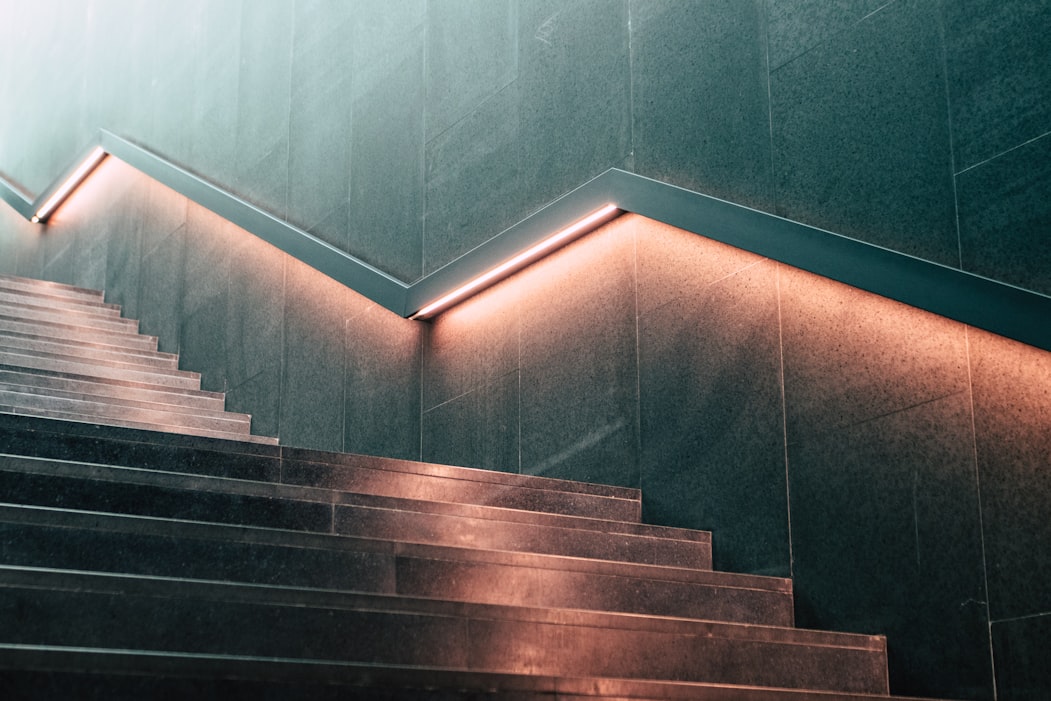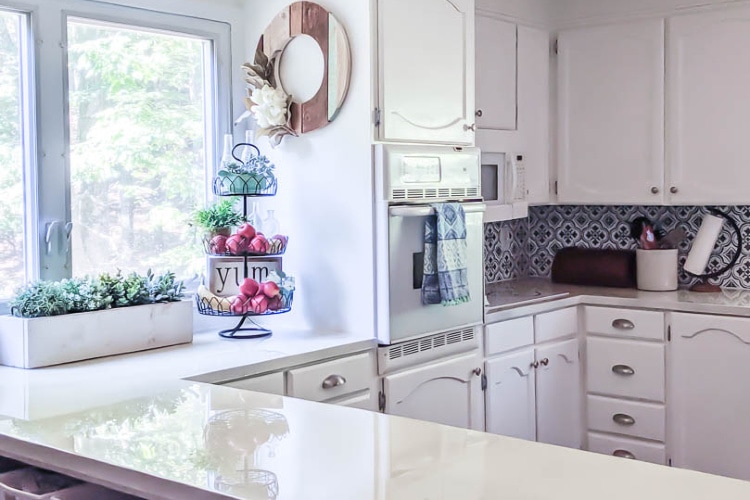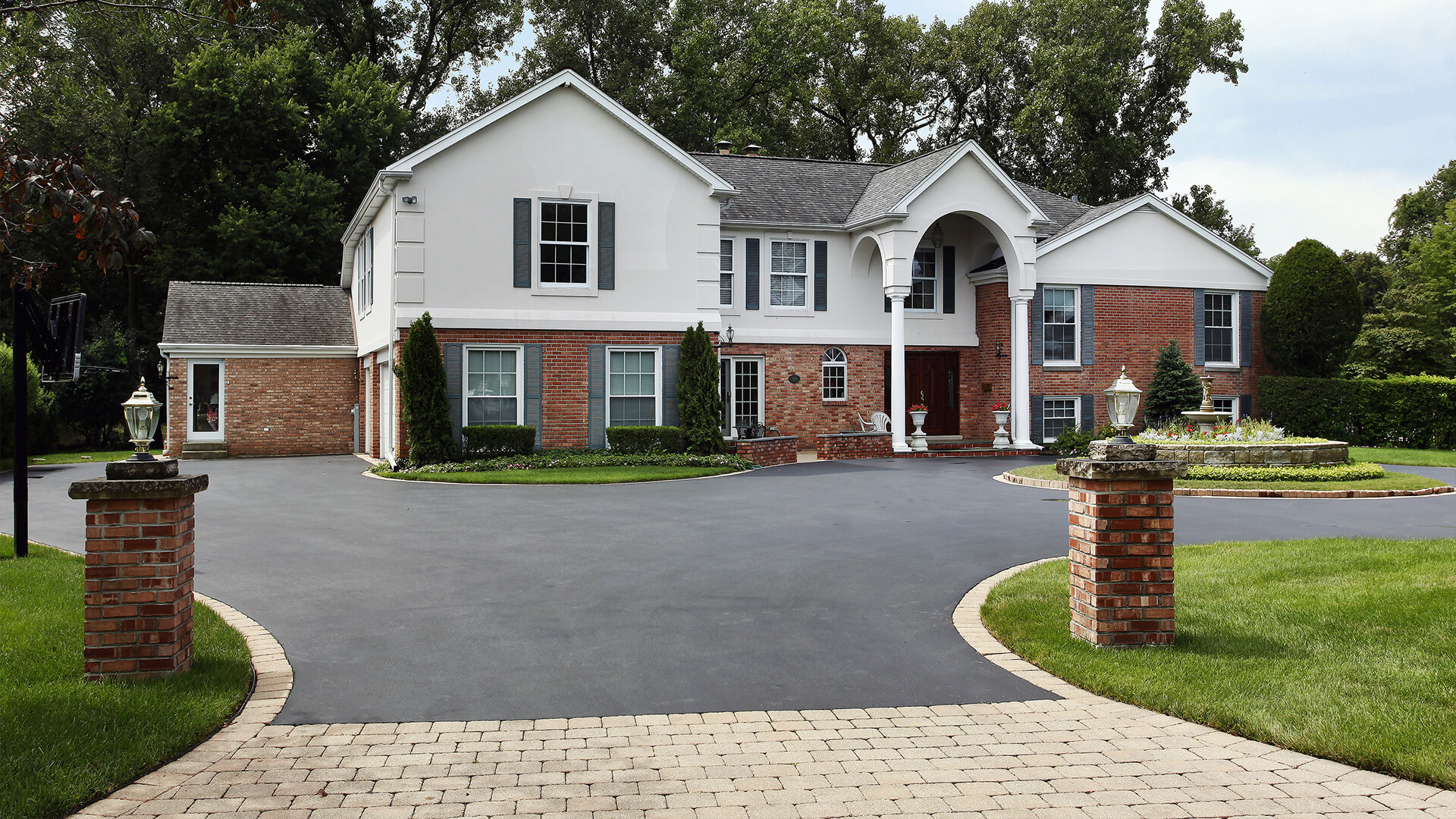In the event that you are considering refreshing your wooden stairs by supplanting the railings, it merits investing some energy thinking about which timber to utilize. All things considered, stairs are a noticeable design include which can have a major effect to the general look and feel of your passage.
Oak staircases, specifically, are ending up progressively prominent with property holders searching for a premium, strong item that won’t actually leave mold.
Oak sources
Unequivocally connected with quality and extravagance, oak is developed chiefly in Europe and North America. The trees are cautiously sustained in huge backwoods and can take up to 120 years to develop, with just the greatest and best examples considered appropriate for the development of top of the line items, for example, furniture, deck, entryways and staircases. The measure of time and exertion spent on development guarantees that oak will dependably remain a top notch choice.
White oak versus red oak
There are two fundamental gatherings of oak wood: red and white. The two sorts are incredibly hard and tough, yet white oak is commonly considered the most alluring in light of the fact that it develops all the more gradually. This creates a straighter, denser grain, making the timber nearly water-tight and exceptionally impervious to spoil. Hence white oak is a looked for after material for use in watercraft building and outside structures.
Red oak, being more quickly developing and increasingly plenteous, is somewhat less expensive to deliver and has a progressively open grain which is inclined to twirls and wavy lines. It should just be utilized for indoor things, for example, furniture and cupboards.
Many property holders pick white oak as opposed to red for its great looks, as well as in light of the fact that it has less varieties in shading and grain design. This makes it less demanding to coordinate new staircase parts with existing white oak fittings, for example, entryways, floors and evading sheets to supplement whatever is left of the stylistic layout.
American white oak is especially mainstream, with a lighter shading and lower creation costs than the European equal. Shades go from light yellow-dark colored to a light tan shading. The straight, hitch free grain is perfect for making appealing and hard-wearing stair parts, for example, handrails, newels, base rails and balusters. It additionally acknowledges wood medications promptly, so can be effortlessly recolored, varnished, waxed or painted.
Tips on fitting oak stair parts
Right off the bat, white oak is acidic, so is subject to consume any metals that contain press. To maintain a strategic distance from the subsequent somewhat blue discolouration you should just utilize non-ferrous fixings, for example, spotless or zinc-covered (excited) screws and sections when collecting your stair balustrade.
Besides, as oak is a characteristic material it is probably going to contract and grow as per the temperature and dampness substance of the encompassing air. Consequently you ought to dependably leave new oak stair parts to adapt in the room where they will be fitted (or some place close by with comparable moistness) for no less than 48 hours before establishment.
At last, in the event that you are wanting to varnish, wax or stain the handrail rail, experiment with a little measure of the treatment heretofore on a stair part that won’t be noticeable a short time later – the base of a shaft, for instance – to ensure regardless you like the shading after it has dried.a




